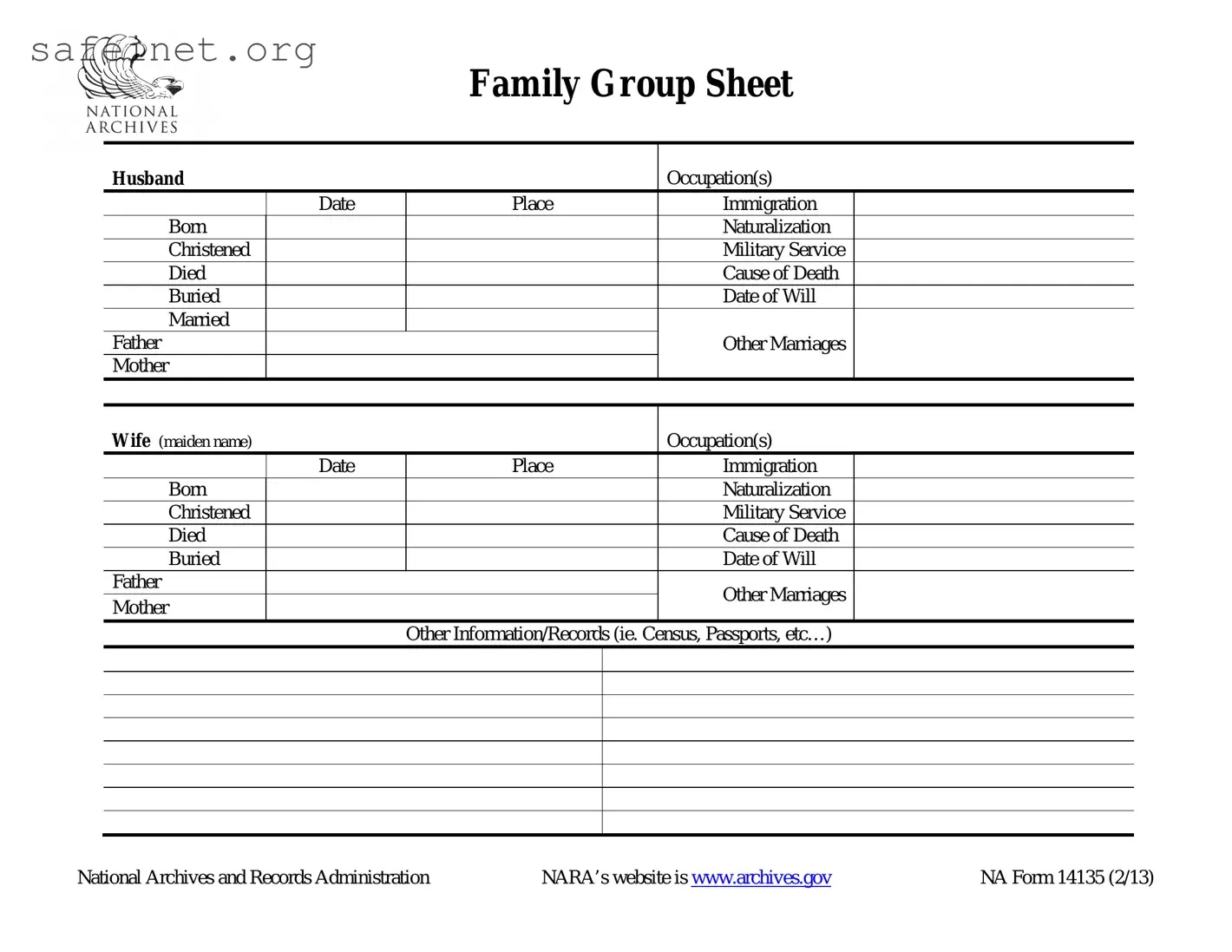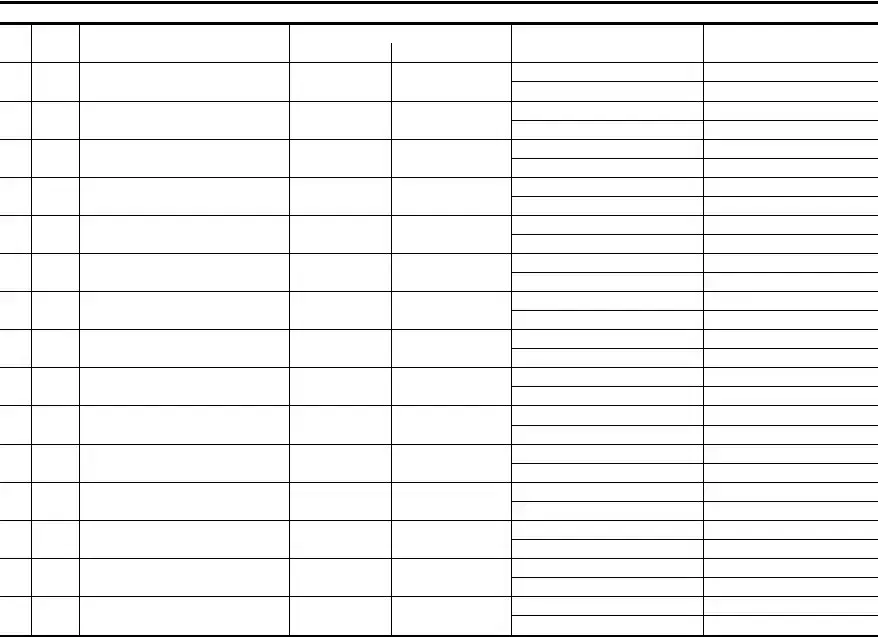What is the Family Tree form used for?
The Family Tree form is a tool designed to help individuals document their family history. It collects essential information about family members including names, birth dates, marriage details, and other significant life events. This information can be crucial for genealogical research, obtaining records, or simply preserving family history for future generations.
What kind of information do I need to fill out the Family Tree form?
You will need various details about your family members, such as full names, birthdates, places of birth, marriage dates, and details of any relevant life events like immigration and military service. Specifically, you will also provide the names of parents, occupations, and information concerning other marriages, if applicable. Collecting as much information as possible will result in a more comprehensive family tree.
Are there any requirements for filling out the Family Tree form?
No specific requirements exist for completing the Family Tree form. It is accessible to anyone interested in documenting their family history. However, it is beneficial to have accurate and confirmed information to avoid any discrepancies or confusion in your family records.
Can I submit supplementary documents with the Family Tree form?
Yes, you can certainly submit supplementary documents. These can include birth certificates, marriage licenses, or census records that support the information provided on the form. Including supporting documentation can enhance the credibility of your family tree and aid in the verification process.
How will the information on the Family Tree form be used?
The information collected in the Family Tree form is primarily used for genealogical purposes. It may help in accessing historical records or in research conducted by organizations like the National Archives and Records Administration. Your family's history may also be included in databases or publications focused on genealogy, should you choose to share that information.
Is my information secure if I submit the Family Tree form?
Generally, the information provided is treated with confidentiality and used solely for genealogical research purposes. However, it is advisable to check the privacy policies of any organization or agency to which you are submitting the form. Maintaining privacy and security of personal information is important, so be mindful of what details you choose to disclose.
What should I do if I encounter difficulties while completing the Family Tree form?
If you face challenges while filling out the Family Tree form, consider reaching out to genealogy organizations or local historical societies. Many of these entities offer resources and support for individuals conducting family research. You can also consult online forums or guides dedicated to genealogy for additional assistance.


